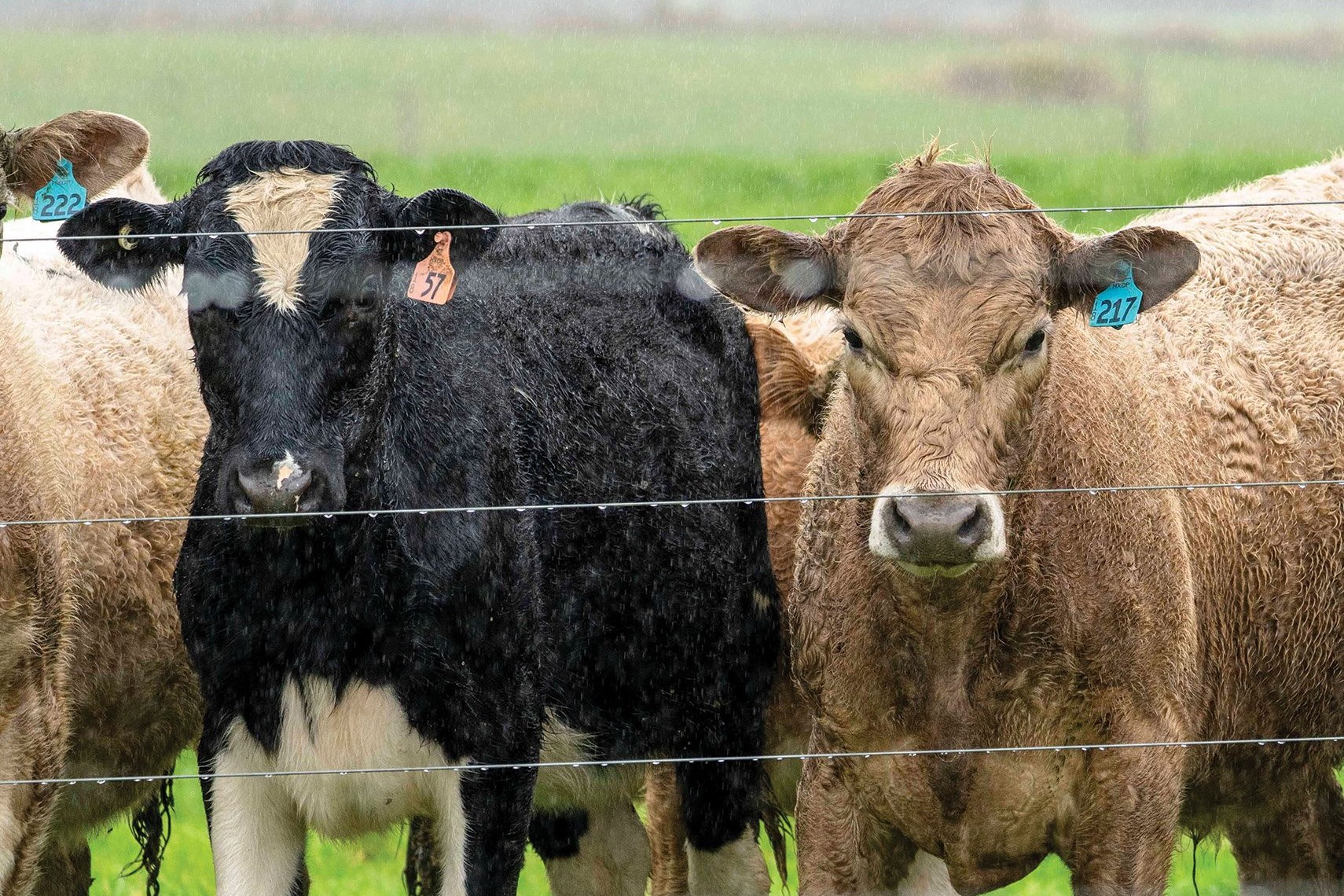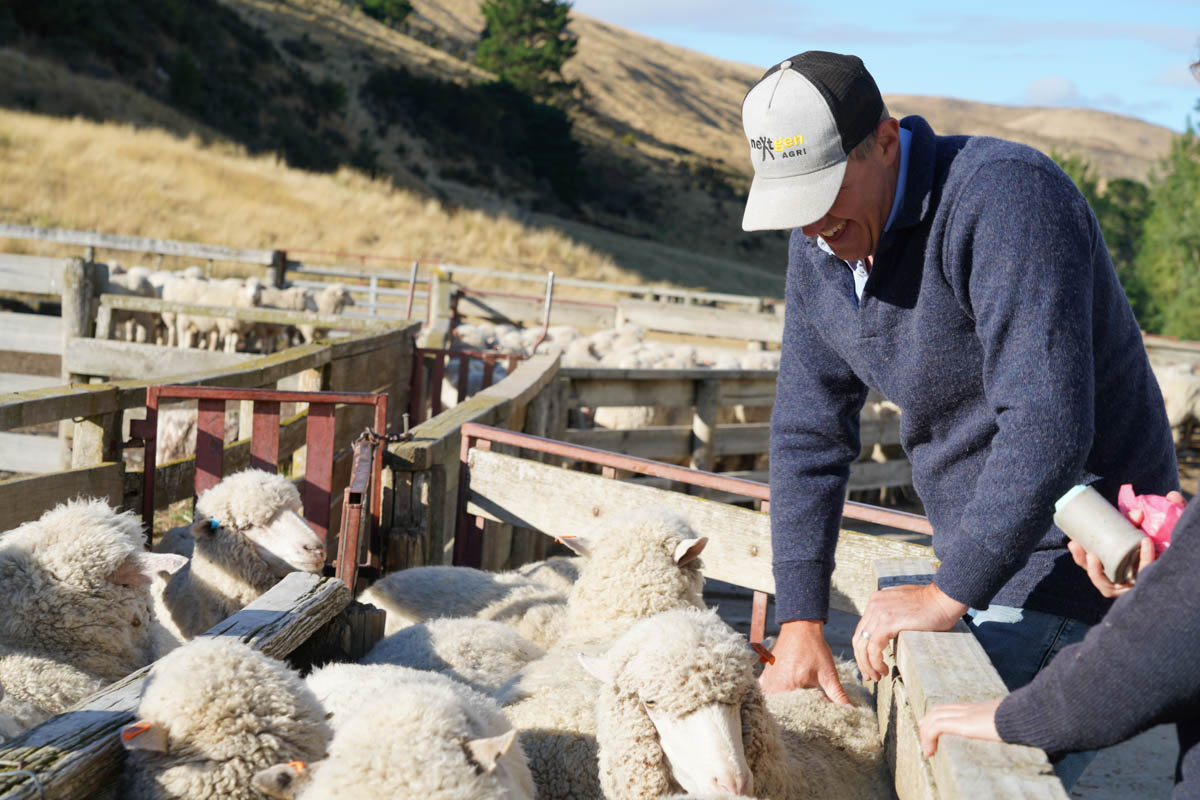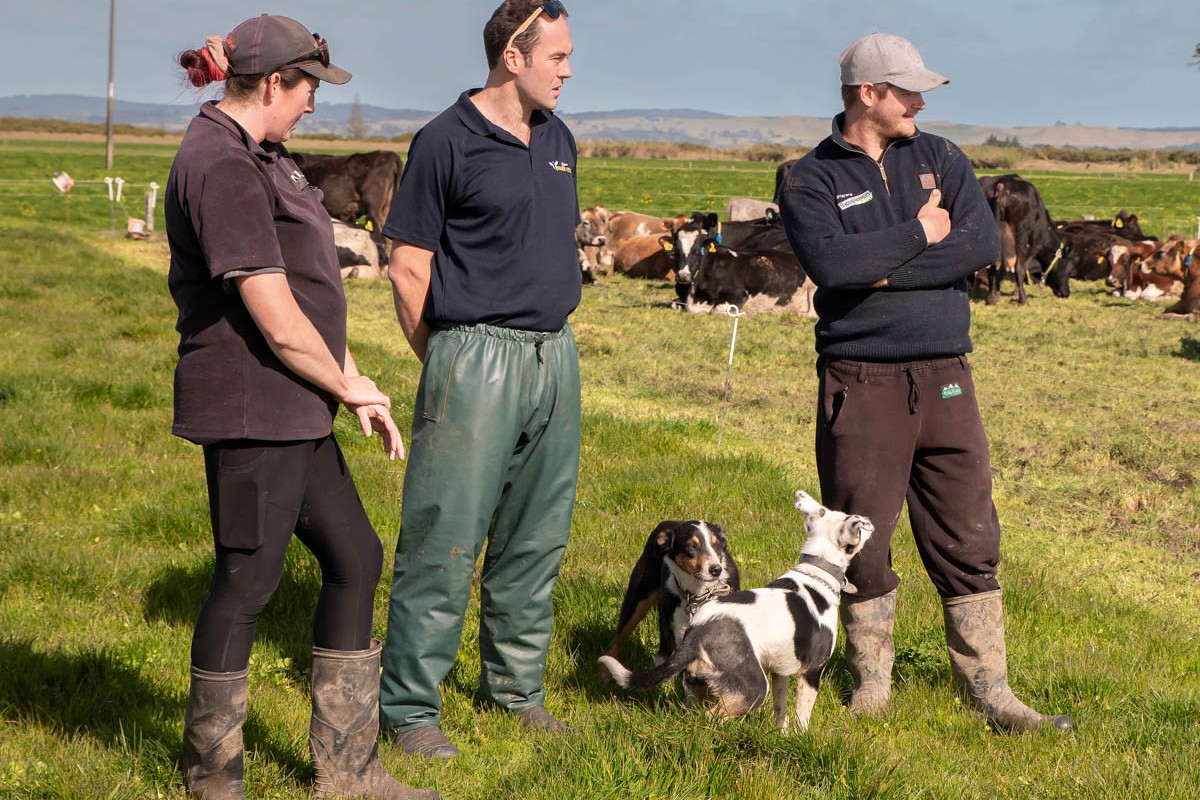Dairy beef worth milking
By Joanna Grigg

Marlborough farmer Fraser Avery, Bonavaree, buys or grazes dairy genetics when the price and opportunity presents itself.
“Friesian bulls are usually our first option when an opportunity presents – they are very tradeable.”
The 2555 hectare coastal dryland farm has close to 50% of its 20,000 stock units in what Fraser considers to be trading or opportunity stock. He sees opportunities for sheep and beef farms to carry more dairy genetics. Collaboration would benefit both groups, he says. This includes working in with dairy farming friends or contacts to get suitable stock genetics, sex and aged cattle.
Friesian bulls make a fairly smart and consistent return for the Avery’s business, returning about $0.25 cents/kilogram (kg) of drymatter eaten.
Each year 200 Friesian bull calves are contracted to be bought at 100kg in November. The early calves are usually the better and heavier calves.
“This is done through our meat company and they organise the calf rearers, who do a great job year in year out.”
This class of stock is popular with Fraser as they are the fastest at turning pasture into meat, he says, whether it is on crop or on the hill. They usually grow at 150 to 200 grams per day as calves, building to a target annual growth of one kilogram per day.
The buying decision is not just driven by financials, however. Fraser is happy to buy in carry-over dairy cows (either in-calf or dry) and use them like a beef cow to improve pasture quality.
“They do a great job on pasture – even better than a beef cow as they are not rearing a calf at the same time.
“And the improved pasture quality earns their keep.
“Beef guys may question it but empty dairy cows are a fantastic animal – they climb the hills and do a great job.”
The returns for this class swing and change, depending on whether they are grazed at a weekly rate or bought in and fattened. Bonavaree does a mixture of both and they can be onfarm for up to a year.
Cattle make up 50% of the livestock on the farm. The Averys still run 300 beef cows and the herd has increased over recent years.
He says they do a great job on poor pasture.
“Feed a finishing animal this poorer feed and you will pay for it.”
Forage barley provides autumn cattle and winter lambing feed. It is sown mid February at 125kg seed/ha and produces about 6t/ha. It is used as a multiple graze forage crop and is paddock-grazed, not strip grazed. Grazing rates are about four to six stock units/ha. Bulls also graze the lucerne blocks – either pure or mixed swards, or hill country permanent grass/clover mixes.
This growthy summer has seen Fraser out shopping for more trading stock.
“Spring feed will be poorer quality if we don’t buy stock now.
“Dairy cows have such a huge capacity to eat bulk poor quality feed if you want them to, or they can tighten their belts too.”
Fraser admits bulls require solid posts, troughs, gates and hot fences. Bulls are typically grown out to at least 680kg liveweight so require solid infrastructure.
He sees big opportunities for sheep and beef farmers to more closely align with dairy farmers in terms of genetics, getting the offspring type wanted.
“Using sexed semen is an option.”
Fraser says from a wider industry perspective more dairy cull cows should be retained on sheep and beef farms, fattened over winter and then sold. This would ease things for traditional beef sales and give profit to farmers rather than processing companies who buy cull cows in autumn at a weaker price.
Weight can be added to cull cows and then sold later, when processing isn’t an issue.
“Maybe drop some beef cows and use cull cows for pasture management – it creates flexibility.”




